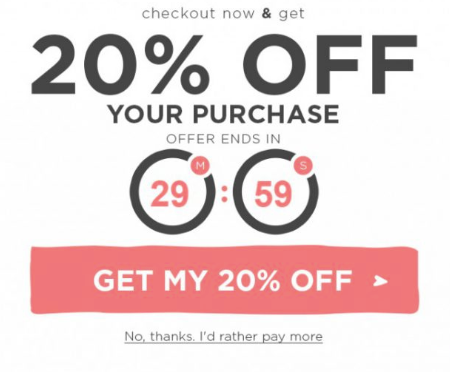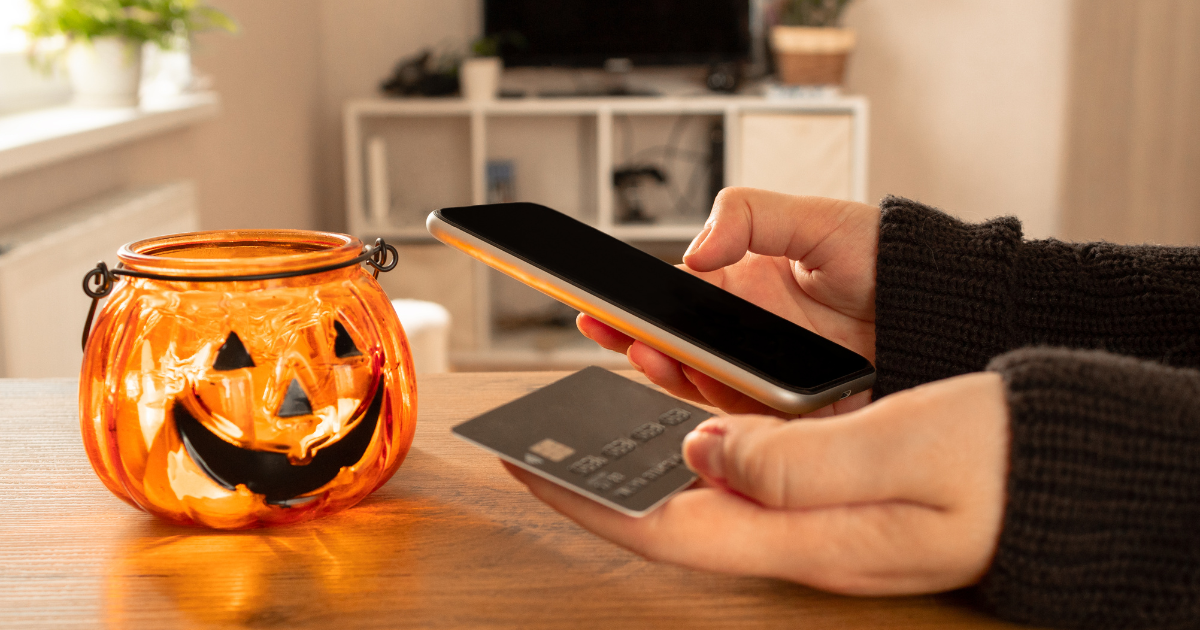
When you’re getting your ecommerce store up and running, few things matter as much as marketing it as effectively as possible. Not only do you need to work on lead building and nurturing strategies to keep new customers coming; you need to work to retain those you’ve already got.
A great email marketing strategy can convince and convert customers, build trust, showcase your products, retain and incentivize customers and, most importantly, drive sales and purchase behavior. Here’s are some simple hacks for doing it right.
Convincing customers to sign up
In a world full of email spam, it may seem like a tough feat to get users to share their email address with you. However, with the right strategies, you’ll be able to build a solid email list in no time.
Here are some ideas to get you started:
Just kicking off your store?
You should consider starting your email list as early as possible. One way to do this is by building a pre-launch landing page that invites your target audience to stay up-to-date with your latest products via email, including an exclusive incentive for the earliest adopters (like offering 25% off a new customer’s first order).
You should consider starting your email list as early as possible.
Bonus tip: Add an optimized sign-up form to your pre-launch landing page to collect visitor data, capture email addresses and start engaging these users with email content. Once you’re ready for launch, you’ll already have a well-established community to target with email marketing.
Create and place newsletter opt-in forms across the site.
A great signup or opt-in form should be concise and well-placed, so as to not interrupt the navigation and use of your site too much. Landing pages are the most effective, but placing them in headers, footers and pop-up bars that appear when a user is about to leave the site can work well, too.
- If you’re running a blog or information resource on the site to provide highlights of new products, tips, and other valuable content, don’t neglect to use calls-to-action at the end of them that encourage signing up for more content, as well as exclusive deals.
- Make the most of your checkout process by including a checkbox for signing up to your mailing list below the "Email" field in your checkout form.
Some customers may not be inclined to sign up just because you ask, but they might do it if they believe there’s something extra in it for them.
Above all: Give them an incentive to sign up
Some customers may not be inclined to sign up just because you ask, but they might do it if they believe there’s something extra in it for them, such as:
- Exclusive discounts and deals, whether on items that match their search history or across the board. Here’s a great popup that leverages an incentive using a pop-up form. Adding some humor through a funny "No thanks" message can work too!

- Premium content and educational resources are particularly effective in niche markets, where customers are buying products that demand a certain expertise, such as in photography.
- Access to contests, sweepstakes and giveaways can be an effective way to start building up that initial subscriber base, but you should be careful about relying on them too much, as they can coach customers to wait for free stuff rather than to actually explore the store themselves.
Keep it personal
Rather than sending the same content to all your subscribers, you should use what features you can to customize the text and content of your emails. Including their first name in the greeting is all well and good, but it falls flat if the rest of the content clearly isn’t aimed at them.
Including a customer's first name in the greeting is all well and good, but it falls flat if the rest of the content clearly isn’t aimed at them.
By segmenting your email list into groups, you can batch customers together by the following criteria:
- Gender preference
- Purchase and browsing behavior
- Email engagement levels
- Time zones
Bonus tip: You might want to consider newsletter signup forms for different customer personas. For example, if certain products on your website cater specifically to men, they might be more responsive to a sign up form that specifically targets their interests, eg “Sign up for the latest trends in menswear.” The same messaging is unlikely to work for women, so creating different forms for each product or landing page can help expedite your sign up process.
You can easily create multiple signup forms in a matter of minutes using a tool like Paperform and directly embed it to your website or landing pages.
Help them pick up where they left off
One of the prime examples of a customer that could use a little nudge in the right direction is one who has abandoned their shopping cart before finishing a purchase.
An abandoned cart email sent within 20 minutes of abandonment has an average conversion rate of 5.2%.
Abandoned cart emails can help you automatically reach out to those who didn’t complete the process. They can be made more effective by highlighting the highest rated or best-selling item they viewed and "carted" on your site and by incorporating reviews left on the product page, helping to convince those more skeptical shoppers.
Bonus tip: An abandoned cart email sent within 20 minutes of abandonment has an average conversion rate of 5.2%.
Use replenishment emails to keep them coming back
Some products aren’t built to last forever. When it comes to consumables, replenishment email campaigns can remind customers that think about replacing goods that they might already be thinking about ordering again.
Here are some more replenishment email campaigns to get inspired by.
Be concise with your subject line and opening paragraph
On average, you only have three seconds to get the point of your email across and to convince users of the value of the content you’re sending.
Create convincing subject lines and opening paragraphs that make the purpose of the email clear from the start, whether they’re:
- “You might be interested” emails highlighting products based on past shopping and browsing preferences.
- “Don’t forget to stock up on” replenishment emails targeting those who have bought consumable goods in the past.
- Invitations to join contests and sweepstakes.
- Discounts and offers on particular products.
- Announcements for new products or collaborations.
Automate more of your email marketing campaign
Good email automation tools and software will take care of a lot of the mailing list management, email composition, and personalization tasks for you, helping you send great, engaging emails with less work. They can be used to:
- Segment subscribers into different relevant groups.
- Personalize your emails
- Connect emails to relevant landing pages
- Split test emails to see which version works better than the other
- Generate reports helping you see how email campaigns work
- And more
Start supercharging
Build the trust and relationship you need, help customers pick up where they left off, and keep them coming back with helpful, reflexive email campaigns. Though it may not be as immediately appealing as building a huge community on social media or reaching that top spot on Google, email marketing is still amongst the highest converting and best retention tools in your arsenal, so don’t forget to use it to your advantage.
Have any questions about email marketing? Ask away in the comments!











